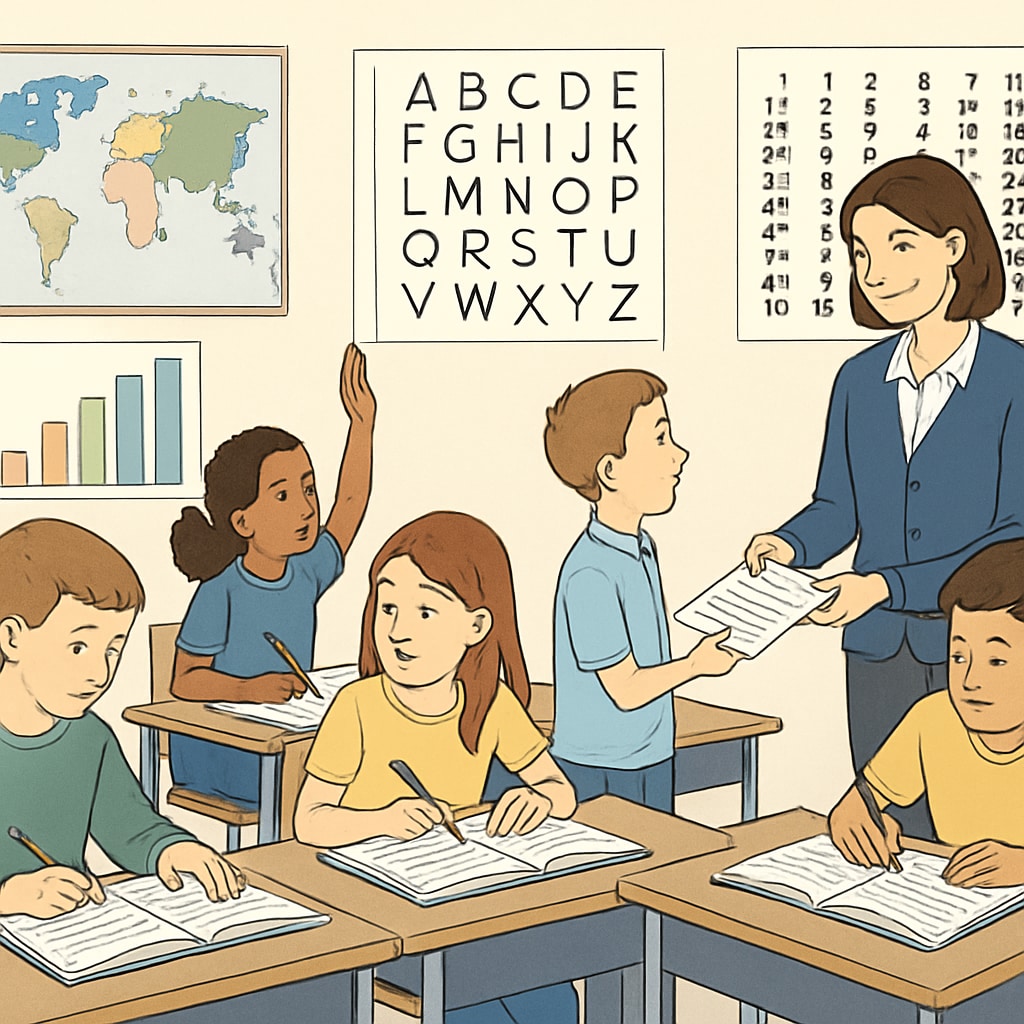In K-12 education, determining the right learning methods, such as choosing between structured learning and independent exploration, can significantly impact a student’s academic journey. Structured learning offers a systematic approach with clear guidelines, while independent exploration promotes creativity and self-directed growth. Striking a balance between these methods requires careful consideration of learning goals, student traits, and the subject matter. This article explores how educators and parents can make informed decisions to optimize student success.
Understanding Structured Learning and Independent Exploration
Structured learning is characterized by a predefined curriculum, objectives, and regular assessments. It provides students with a clear roadmap, ensuring they stay on track and meet specific milestones. Independent exploration, on the other hand, encourages students to pursue their interests, ask questions, and learn at their own pace. While both approaches have their merits, choosing the right path depends on the individual needs of the learner and the context.
- Structured Learning: Ideal for subjects requiring foundational knowledge, such as mathematics and sciences.
- Independent Exploration: Best suited for creative disciplines, like art, literature, and project-based learning.

Factors to Consider When Choosing a Learning Method
The decision between structured learning and independent exploration is influenced by several key factors:
- Learning Objectives: Structured learning is effective for mastering specific skills, while independent exploration fosters critical thinking and problem-solving abilities.
- Student Characteristics: Some students thrive in structured environments with guidance, while others excel with autonomy and creative freedom.
- Subject Nature: Technical subjects often benefit from structured learning, whereas exploratory subjects can be more engaging when approached independently.
For example, subjects like chemistry or physics often require a structured framework to build a solid understanding of formulas and principles. Alternatively, a history project might allow for independent exploration, enabling students to delve into topics that interest them. Learn more about educational psychology to understand how learning preferences vary among students.

The Benefits and Challenges of Each Approach
Each learning style has its strengths and limitations:
- Benefits of Structured Learning: Provides clear guidance, reduces ambiguity, and ensures consistency across learners.
- Challenges of Structured Learning: May restrict creativity and exploration, especially for curious and self-motivated students.
- Benefits of Independent Exploration: Encourages curiosity, innovation, and personalized learning experiences.
- Challenges of Independent Exploration: Can lead to gaps in foundational knowledge without proper guidance.
Striking the right balance often involves integrating elements from both methods. For example, a science program can include structured lessons on core principles while allowing students to design their own experiments. This hybrid approach combines the best of both worlds.
Practical Tips for Balancing the Two Methods
To achieve the ideal balance, educators and parents can consider the following strategies:
- Use Structured Learning as a Foundation: Provide students with clear objectives and resources before encouraging independent exploration.
- Encourage Autonomy Gradually: Allow students to take ownership of their learning by introducing projects or activities aligned with their interests.
- Tailor Learning to Individual Needs: Assess each student’s strengths, weaknesses, and preferences to create personalized learning plans.
By combining structured learning with opportunities for independent exploration, students can develop both academic proficiency and essential life skills, such as adaptability and curiosity. For more insights on hybrid learning methods, visit Britannica’s education section.
In conclusion, choosing between structured learning and independent exploration is not about prioritizing one method over the other but about finding the right balance. By considering students’ unique needs, goals, and the subject at hand, educators and parents can design effective learning experiences that foster both academic success and personal growth.


